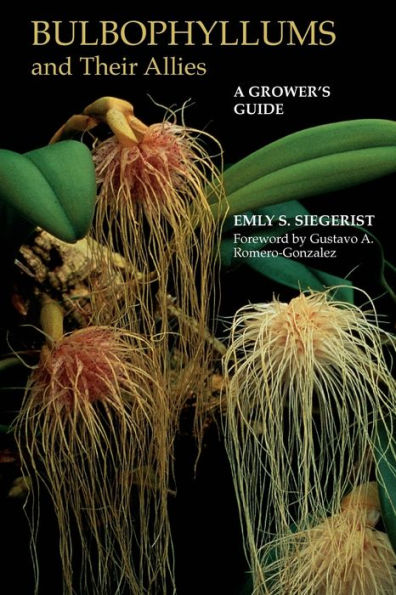Read an Excerpt
Orchids constitute one of the largest plant families on Earth. Unless you live in an igloo on an ice floe, native orchids could be growing in your neighborhood.
What makes an orchid different from other plants? First, orchids are trimerous, that is, they have three sepals and three petals, and one of the latter is transformed into a labellum, or lip, upon which the pollinator lands. Second, orchids have bilateral symmetry, that is, there is only one plane on which an orchid flower can be dissected to have each half produce a mirror image of the other. (The scientific term for this type of flower is zygomorphic.) Third, orchds have a structure called a column in which all the reproductive parts are located. Orchids can be monopodial or sympodial, that is, they can have one central stem from which all leaves and flowers arise as in Vanda, or they can have a rhizome (an internode between the pseudobulbs) that creeps along the surface of the growing medium and from which the pseudobulbs emerge as in Cattleya.
Orchids can be epiphytic, lithophytic, or terrestrial. A few are even subterrestrial, spending their entire life cycle beneath the ground with only a small opening at the surface through which they can be pollinated. The epiphytes are by far the largest group of orchids with the majority of them growing on tree trunks or tree limbs in the jungles. A common bit of misinformation embraced by many people is that an epiphyte is the same as a parasite, which is, of course, not true. An epiphyte uses the host plant merely as a support, not as a source of nourishment. Its nourishment comes from the accumulation of organic matter that is washed down with the rains. The lithophytes grow on rocks, often along roaring streams or on mountain sides, and the terrestrials exist as "normal" plants growing in the ground.
Most orchids are warm-growing epiphytes and live in close proxomity to the equator, but even Alaska has some native terrestrial orchids, so there are some that can exist in almost all habitats. At least 2700 species have been published as belonging to the genus Bulbophyllum, giving orchid growers many palnts to choose from for their collection.
Photo above:Bulbophyllum Elizabeth Ann was awarded in April 1986 in New York as Cirrhopetalum Elizabeth Ann 'Buckleberry' AM/AOS. It was exhibited by Rita Cohen of Hewlett, NY. This very well known clone has itself been a most successful parent.



